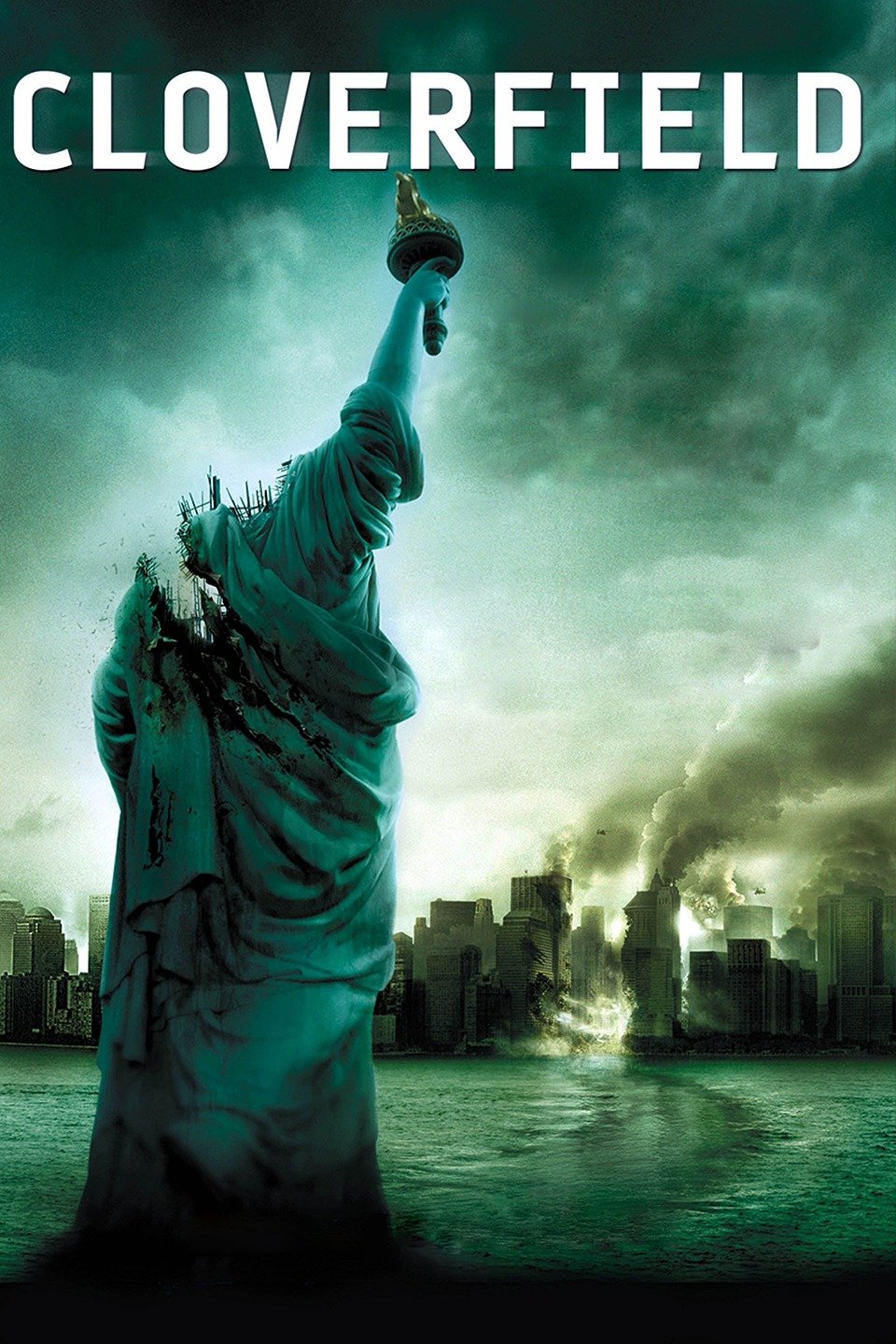Cinéma vérité and Direct Direct Cinema.
From 1930 - 1940, films were shot on 35-millimetre film meant that cameras and recorders became much larger and heavier, reducing portability and the ability to record spontaneous action.—By the end of the 1950s, several technological advances came together, including better 16-millimetre film stock, lenses for shooting with natural light and especially smaller, lighter (and sometimes integrated) sound recorders.
—By 1962, camera operators were able to hand-hold or rest cameras on their shoulders allowing mobile shooting with minimal interference.
—These new cameras and recorders enabled an entirely different style of shooting documentary film. For the first time, film-makers were able simply to follow their subjects around as they went about their business – or to take cameras into public spaces without causing huge disruption. These tools revitalised the documentary form in the 1960s and 1970s.
Cinema Verite
To obtain truth from the subject, the presence of the film-maker must be acknowledged or even discussed. The principal method is participation between film-maker and subject, often through interviews. Commentary is vital, whether in voice-over or through on-screen presence. The audience is free to identify with the film-maker’s or the subject’s position and point of view. The film-maker is a ‘fly in the soup’, intervening to get a response.
Direct Cinema
To
obtain truth from the subject, the film-maker should be as unobtrusive as
possible.
The
principal method is observation of subjects behaving within their environment.
Commentary
is minimal or absent so that subjects can speak for themselves.
The
audience members should forget the film-makers and feel as if they’re in the
room
with the subjects. The
film-maker is a ‘fly on the wall’, watching but practically invisible.
Documentary film makers have a responsibility towards their human subjects—
Audience expects that film makers treat people with respect and represent them honestly
on camera. —Difficulties can occur around films that depict vulnerable participants, such as children or the mentally ill.
—Moral questions are raised in regards to exploiting subject in the name of entertainment.
Documentary revival - 2000s
Blending Real and Unreal...
Mockumentaries - This is spinal tap 1984
An example of Cinema Verite would be the Act of Killing by Joshua Oppenheimer
An example of Direct Cinema would be the Mirror directed by Jafar Panahi.
An example of Cinema Verite would be the Act of Killing by Joshua Oppenheimer
An example of Direct Cinema would be the Mirror directed by Jafar Panahi.

No comments:
Post a Comment